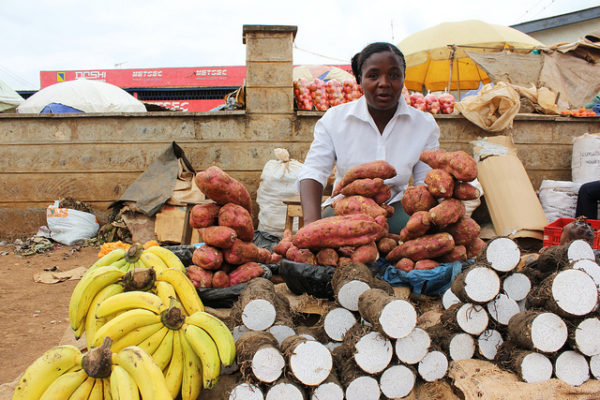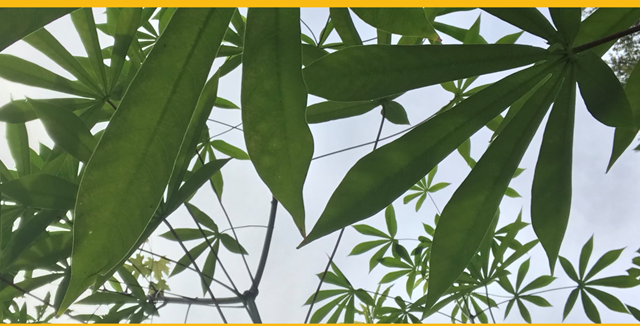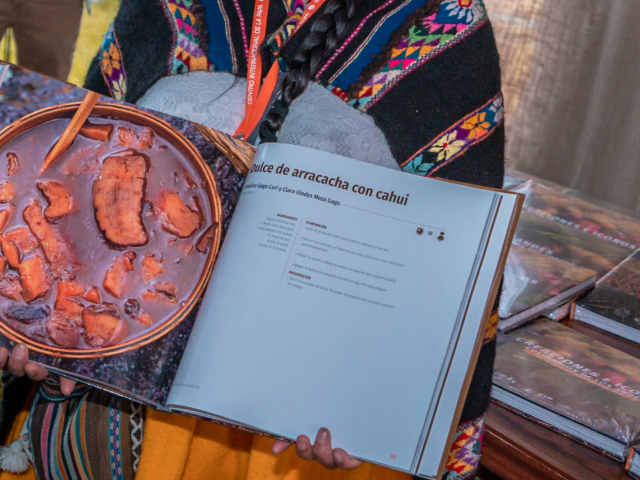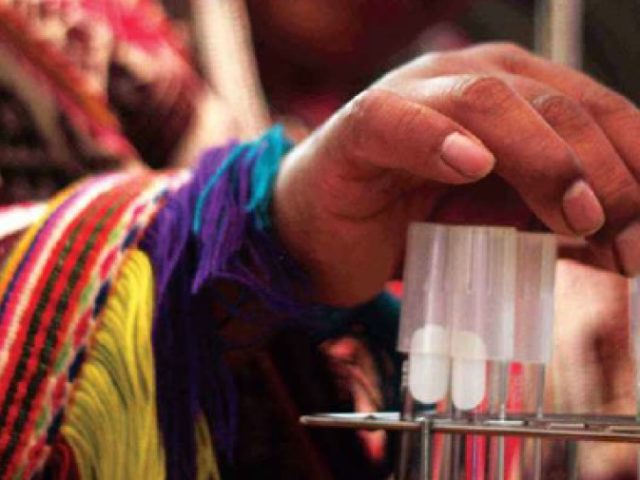Flagship project 5 (FP5) aims to improve livelihoods by scaling RTB solutions in agri-food systems. In many developing countries, RTB crops play a key role as part of diverse agri-food systems in contributing to enhanced resilience, improved farm productivity, food security, nutrition diversity, and income. FP5 provides support to next and end users for scaling of RTB innovations from the farm to the community, the region, and beyond. It guides RTB scientists in the other flagships on how to better target research, design strategic youth and gender research, select partners and develop capacity for improving livelihoods at scale.
The flagship builds on RTB crop improvement and production (FP1–FP3) and post-harvest technologies (FP4), using a systems approach to facilitate understanding and enhance impact of RTB crops in livelihoods. This results-oriented approach includes (1) forward-looking analysis of trends; (2) decision-support for the tailoring, integration and scaling of RTB technologies, based on farmer typologies and practical investment steps; (3) identifying best possible RTB (and other crops and livestock) technology options that contribute to sustainable livelihoods; (4) addressing constraints for RTB technology adoption with gender and intergenerational transformations; and (5) evidence base to improve scaling of RTB agri-food system innovations with enhanced equity.
RTB crops are grown and consumed especially in the humid and sub-humid tropics and sub-tropics where they form a set of key staples. These geographies are characterized by mostly favorable (though changing) climate conditions for crop cultivation. However, households typically face poverty and food and nutrition insecurity due to (1) small farm size; (2) marginal lands with low and declining soil fertility due to limited nutrient (re-)use; (3) strong dependency on one or two cash crops whose cash benefits often do not translate into improved income, nutrition, and resilience for women and children; and (4) low dietary diversity with low intake of micro-and macronutrients that are critical for nutrition.
Hence, FP5 addresses the following grand challenges as identified in the CGIAR Strategy and Results Framework:
Competition for land leading to soil degradation and deforestation
The sub-humid tropics where RTB crops dominate are characterized by a mosaic of high population pressure areas, bordering natural forests, and wetlands with significant carbon and biodiversity stocks. Degradation of these natural areas by agricultural encroachment accounts for more than 30% of all agricultural greenhouse gas emissions globally. Deforestation and associated biodiversity loss and greenhouse gas emissions could be reduced significantly if smallholders would manage to reverse soil degradation, sustainably intensify production, and increase yield and income from existing farms.
Diverse agri-food systems
Micro- and macronutrient deficiencies are common in RTB target countries. In general, much research and extension focuses on a single crop. FP5 takes an integrated approach, looking at all nutritional sources provided by RTB crops and other crop and livestock contributions to the diet, creating a strong space for learning and integration with the CGIAR Research Program on Agriculture for Nutrition and Health.
Climate change
RTB crops show diverse responses to climate change. Some, such as cassava, are more robust in the face of higher temperature and increased drought stress, whereas others will require adaptation. FP5 builds on the strengths of RTB crops for climate resilience and by taking a systems approach to facilitate adaptation (e.g. with banana playing a significant role as shade crop in perennial cropping systems and potentially offsetting adverse change).
New entrepreneurial and job opportunities are emerging
Despite the relatively high energy/ha/day yields of RTB crops, the bulky nature of its fresh produce and the limited use of processing of RTB crops have often discouraged further investments into crop intensification by smallholders. RTB crops can play a major role in rural transitions and agricultural transformation. This largely untapped potential of RTB crops provides a real opportunity to strengthen smallholder and youth engagement in value chains at the level of production, processing, and trade, following the successful examples in Southeast Asia, Latin America, and Africa, particularly for cassava and potato processing.
FP5 consists of four cross-cutting clusters:
| Cluster | Aim |
| CC5.1: Foresight and impact assessment | Improve the targeting and tailoring of RTB innovations for next and end users, by providing insights on existing and future drivers of technology adoption |
| CC5.2: Sustainable intensification/ diversification | Identify system entry points, trade-offs and synergies of RTB innovations to sustainably enhance livelihoods |
| CC5.3: Gender and youth | Design and implement strategic gender and youth research across all FPs for gender- responsive outcomes and economic opportunities for youth |
| CC5.4: Scaling RTB agri-food system innovations | Provide support for scaling RTB solutions in agri-food systems |



